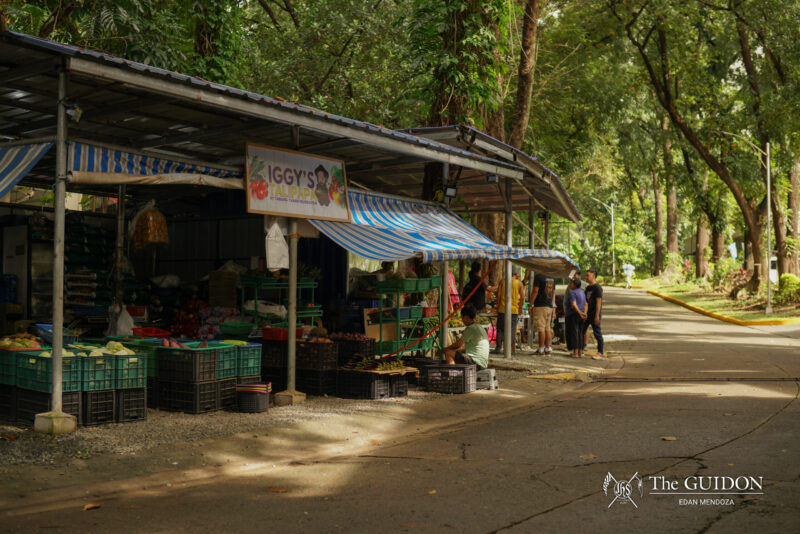ONCE AGAIN, the Philippines has made it into the international headlines for outstanding economic performance. Highlighted for 2013 is the positive growth in gross domestic product (GDP), exceeding the target set by the government of six to seven percent. GDP growth for 2013 averaged at 7.2%, surpassing the 6.8% growth in 2012.
Gauging economic performance
Economic growth for Q1 of 2013 increased from 6.5 % in 2012 to 7.8%, surpassing China’s 7.7%. Second quarter also went well for the Philippines, matching China, with a rise of 7.5% in GDP from 6.3 in 2012. However, the country posted a lower rate of 7% compared to the 7.3% it attained in 2012 for Q3.
Rosemarie Edillon, National Economic and Development Authority Assistant Director-General, told members of the press that reconstruction activities in areas affected by the typhoon would actually help drive the economy up to reach the government’s target for this year. The government has already set its eye on around 6.5% to 7.5% GDP growth this 2014.
Department of Economics instructor Marilou Perez said that despite the calamities that have hit the country, the economy “will continue to grow.”
“This growth can be caused by government expenditure through its reconstruction and rebuilding of roads, bridges, houses and historical sites affected by natural calamities. Consumption of Filipinos will continue to grow coupled with its rising population,” she added.
Caution and proper growth
However, authorities have urged caution in celebrating the economic boom. “There is nothing to celebrate when many Filipinos remain poor and unemployed,” says Perez. “Poverty situation in the country has not changed. There is a need for more government efforts and decisive policies to curb corruption.”
Economist Dr. Victor Abola said in an interview with ABS-CBN that the delay in rehabilitating areas affected by Typhoon Yolanda will “adversely affect the growth forecast.”
“It’s a risk in terms of reaching the seven and 7.5 percent. If we don’t go fast enough, we will go below the seven percent. It will pull down [growth] because it is a lot of spending from the national government and private sector. That’s a lot of rebuilding that has to be done,” he said.
Others have cited the challenges the nation is currently facing, including ongoing insurgencies in Mindanao and the Spratly Islands territorial dispute with China. Most prominently, nearly 20% of the population remains impoverished despite the surging economy, according to the most recent report by the Philippine Statistical System.
Fr. Xavier Alpasa, SJ, social entrepreneur and executive director of the Simbahang Lingkod ng Bayan, emphasized the value of “inclusive economic growth” that “trickles down” to all sectors of society.
“There is a tendency to be Manila-centric or urban-centric in terms of development. But you go to [places like] Culion, [there are] less than 12 hours of power,” he said. “Indigenous communities still live in indigenous small houses that are not supported by any kind of livelihood.”
He also said that development should be people-centric, in line with the triple bottom line of social enterprise: Comprised of people, profit and planet.
“Let’s consult the people. Let’s walk with them. Let’s target development from their lens, are we consulting people with the kind of development that we want? Because if we haven’t consulted them, [then] maybe we’re going the wrong way,” he said.
Looking ahead
In an interview with DZMM, former Budget secretary and economist Benjamin Diokno pointed out that the economic growth is expected to slow down in 2014.
“[The year] 2014 is really weightier compared to 2013. The consensus of the economists is that the economy’s growth will slow down. I think we will hit around 5.5% to 6.5%,” he said in Filipino. This is a lower percentage than what the government hopes for.
On the other hand, international economic research company Moody’s Analytics holds an optimistic outlook for 2014. According to its report, the economic success from 2013 will most likely cross over into 2014 and the nation may again exceed economic growths of neighboring Asian nations. First Metro Investment Corporation has voiced similar sentiments, with the expectation that the Philippine economy will grow 7.5% from the estimated 7.4% in 2013.
Fr. Alpasa has also agreed with the forecasts of positive growth. In addition to this, he pointed out that the country’s next president will determine how much growth will be experienced in the near future.
“[The economy is] really skyrocketing, it’s really growing, and I can imagine it to be exponentially even growing but a lot will also depend on who will be the next president by 2016.”
“In terms of development formula, you need good interventions for leveling up every stage, every step of the way. It takes another kind of innovative mechanism at a certain level. We really need a good president by 2016,” he said.




